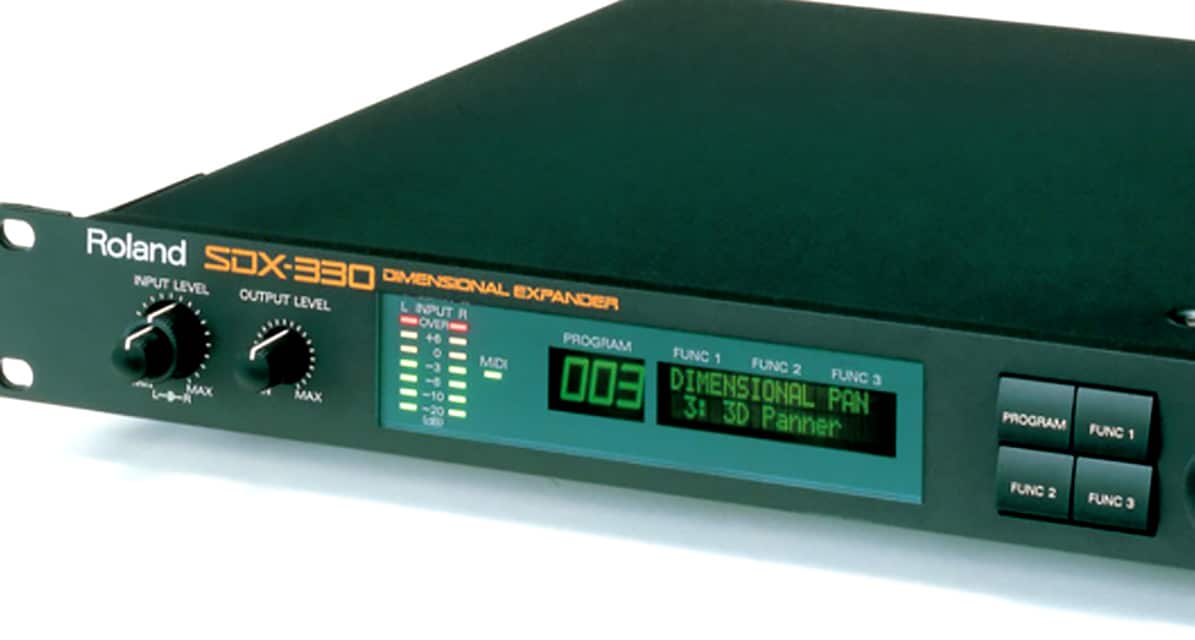The Roland SDX-330 Dimensional Expander stands as one of the most unique effects processors ever created, offering something far beyond typical chorus and modulation units. This 1994 digital rack unit delivers 16 sophisticated algorithms that can create the illusion of sounds appearing in three-dimensional space around the listener.
What really sets the SDX-330 apart is its RSS (Roland Sound Space) technology, which uses psychoacoustic properties to make sounds seem like they’re coming from behind your head or floating in space. I’ve always been fascinated by how this unit can take a simple guitar or vocal and transform it into something that defies the traditional stereo field.
From its famous rotary speaker simulation to multi-band chorus processing, the SDX-330 offers tools that most producers have never experienced. Whether you’re looking to add subtle spatial enhancement or create dramatic dimensional effects, this processor delivers sounds that can completely change how you think about stereo imaging.
What Is the Roland SDX-330?
The Roland SDX-330 is a professional digital effects processor that I find brings studio-quality chorus, flanging, phasing, and delay effects to any audio setup. This 1U rack-mounted unit combines Roland’s advanced processing power with their famous dimensional sound technology.
Overview of Studio Effects Unit
The Roland SDX-330 is a high quality studio effects unit that I consider essential for professional audio work. It processes audio through 16-bit converters at 44.1 kHz sampling frequency.
I love how this unit handles multiple effect types in one compact package. The main effects include chorus, flanging, phasing, and various delay options.
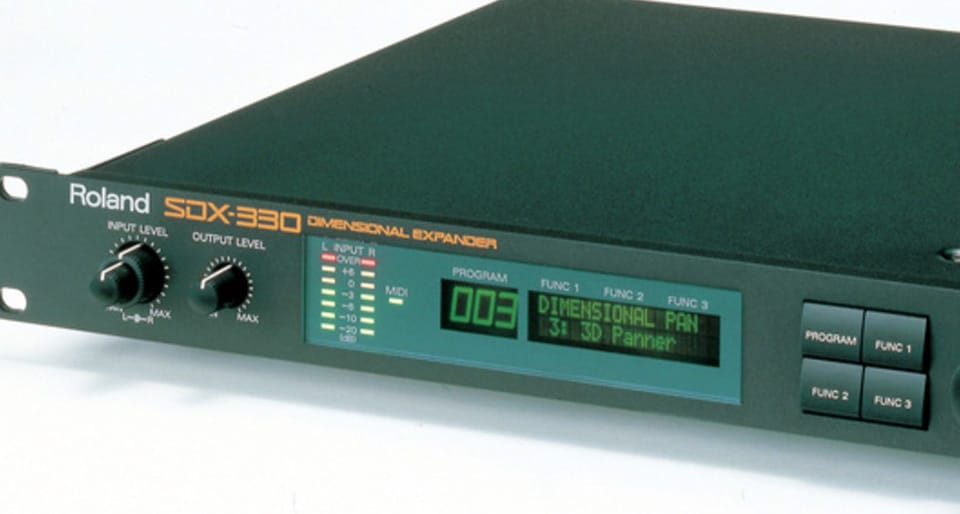
The SDX-330 uses RSS dimensional technology based on psychoacoustic algorithms. This creates three-dimensional sound positioning that I find incredibly immersive.
The unit offers 300 total programs split between user and preset areas. I can store 200 custom programs while accessing 100 factory presets. The backlit LCD display makes navigation simple even in dark studio environments.
Key Design Principles
Roland built the SDX-330 around professional studio standards that I appreciate daily. The frequency response spans 20 Hz to 20 kHz with minimal deviation for clean audio reproduction.
I’m impressed by the low distortion specs. The unit maintains 0.012% THD in direct mode and 0.02% in effect mode at nominal levels.
The dynamic range reaches 100 dB in direct mode and 90 dB in effect mode. This gives me plenty of headroom for professional mixing work.
Input and output levels are switchable between -20 dBm and +4 dBm. I can easily match the unit to different studio equipment without level mismatches.
Target Users and Applications
I find the SDX-330 perfect for recording engineers who need reliable digital effects processing. Studio professionals use it for adding spatial dimension to tracks during mixing and mastering.
Guitar players love this unit for creating lush chorus and modulation effects.
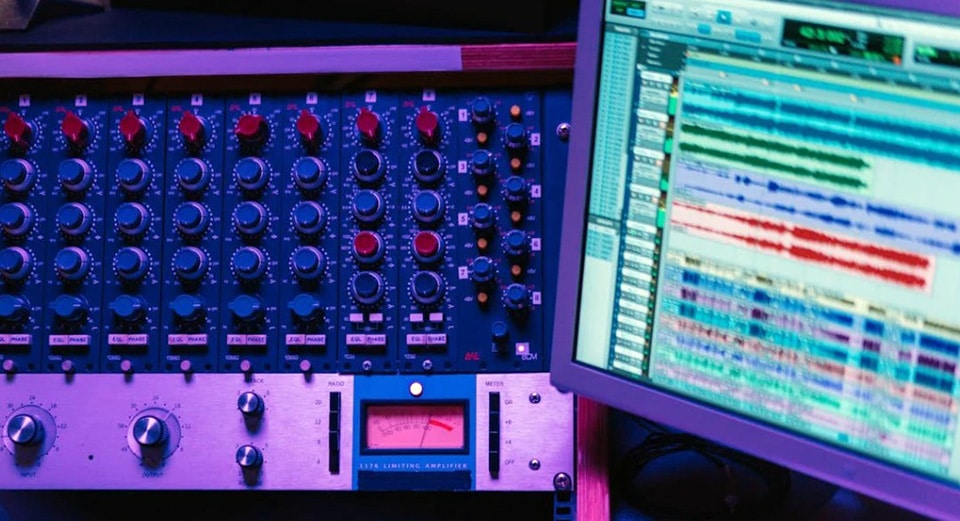
The dimensional processing adds width and depth that I can’t get from standard pedals.
Live sound engineers rely on the SDX-330 for consistent effects in touring rigs. The 1U rack format fits perfectly in standard equipment racks.
Home studio owners find tremendous value in this single unit. Instead of buying multiple effect processors, I get professional-grade chorus, flanging, and delay effects in one box.
The MIDI implementation makes it ideal for automated mixing setups. I can program effect changes that sync perfectly with sequenced music or live performances.
Core Technologies and Unique Features
The SDX-330 builds its reputation on three groundbreaking technologies: Roland’s proprietary RSS dimensional processing, comprehensive stereo input/output capabilities, and advanced MIDI-based real-time control. These features work together to create the unit’s signature sound enhancement capabilities.
RSS Technology and Roland Sound Space
I find the Roland RSS (Roland Sound Space) technology to be the heart of what makes this unit special. This proprietary system uses psychoacoustic algorithms to create dimensional effects that go beyond traditional stereo processing.
The RSS technology doesn’t just pan sounds left and right. Instead, it manipulates how my brain perceives the spatial placement of audio elements.
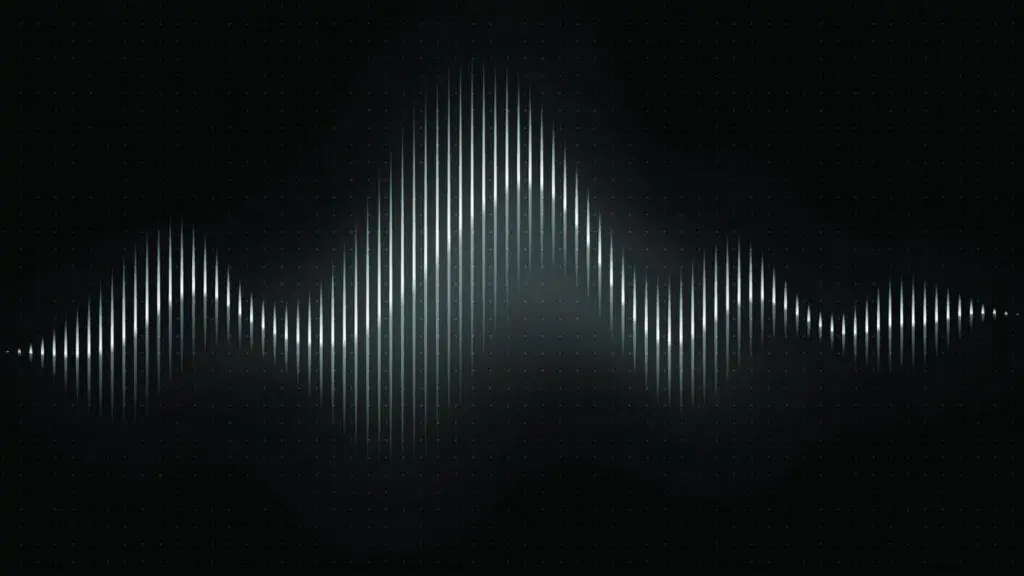
What fascinates me most is how the SDX-330’s RSS-based processing creates depth and width without muddying the mix. The psychoacoustic algorithms work with natural hearing patterns to place sounds in three-dimensional space.
This technology powers many of the unit’s 100 factory programs. Each preset uses RSS processing differently to achieve unique spatial effects.
Stereo Support and Processing
The SDX-330 impressed me with its true stereo input and output design. Unlike many effects units that convert stereo to mono internally, this maintains stereo integrity throughout the entire signal path.

I appreciate that the 16-bit, 44.1 kHz digital processing handles both channels independently. This means stereo sources retain their original imaging while gaining dimensional enhancement.
The stereo chorus feature particularly stands out to me. It processes left and right channels with different modulation patterns, creating wider and more complex textures than mono chorus effects.
Key stereo features include:
- True stereo input and output jacks
- Independent left/right channel processing
- Stereo-specific algorithms for chorus and flanging
- Maintained stereo imaging through all effects
Real-Time Parameter Control
What excites me most about the SDX-330 is its comprehensive MIDI implementation. I can control nearly every parameter in real-time using MIDI continuous controllers.
The front panel gives me immediate access to key parameters through two dedicated knobs.
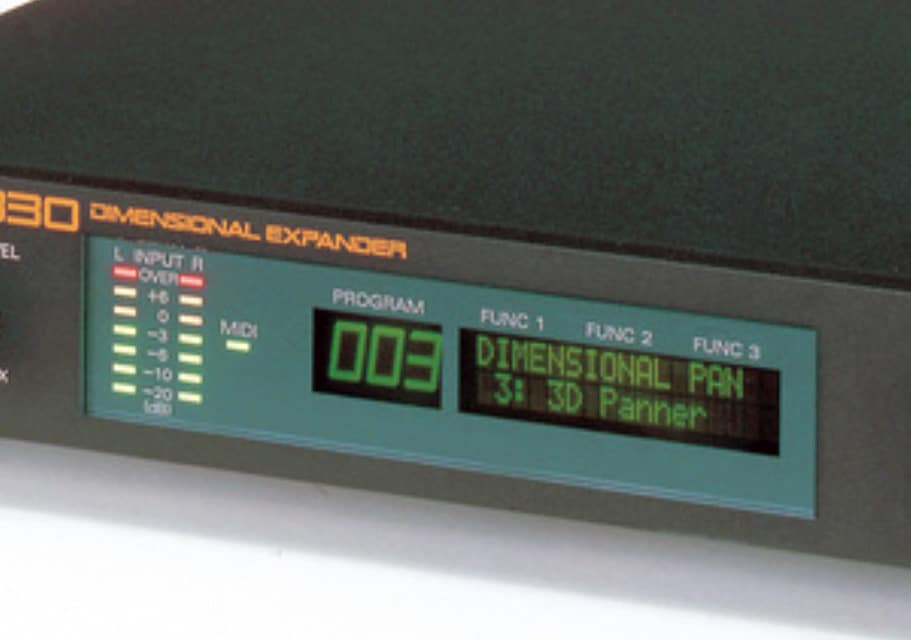
These bypass menu diving for quick adjustments during recording or performance.
Real-time control options:
- MIDI CC assignments for all major parameters
- Front panel knobs for instant parameter changes
- Program change messages for preset switching
- Parameter automation through MIDI sequencers
The parametric EQ section also responds to real-time control. I can sweep EQ frequencies and adjust gain settings on the fly using my MIDI controller.
This level of control integration made the SDX-330 ahead of its time. Most competing units in 1994 offered limited real-time parameter access.
Signature Effects and Algorithms
The SDX-330 delivers 16 specialized algorithms that create everything from rich stereo chorus textures to groundbreaking three-dimensional spatial effects. I find these algorithms particularly impressive for their ability to transform simple audio signals into complex, dimensional soundscapes.
Chorus Varieties and 3D Effects
The stereo chorus capabilities of the SDX-330 truly set it apart from other effects units. I can access multiple chorus variations including 2-band, 3-band, and 4-band chorus options that each offer unique tonal characteristics.
The 8-phase and 16-phase chorus effects create incredibly lush textures. These work by splitting the signal into multiple phases, creating a wider stereo image than traditional chorus effects.
What makes this unit special is its 3D chorus technology.
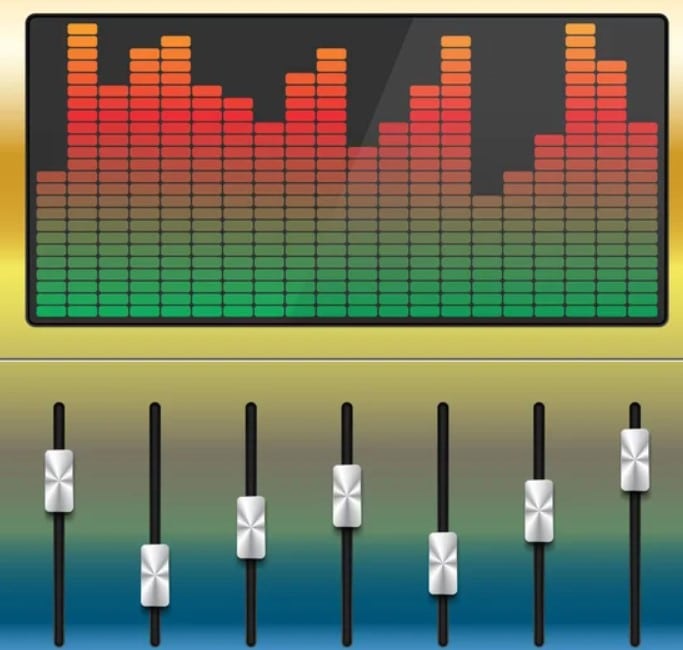
The three-dimensional effects place early reflections in multiple positions throughout the stereo field.
I particularly enjoy the space chorus and 3D panner algorithms. These create movement that seems to wrap around the listener rather than just moving left to right.
The detune chorus and wave chorus offer more subtle variations. The vintage chorus algorithm recreates the warm, analog-style modulation of classic chorus pedals.
Flanging, Phasing, and Delays
The stereo flanger algorithm creates sweeping, jet-like sounds with precise control over feedback and rate. I find it especially effective on drums and synthesizer pads where the sweeping motion adds excitement.
Phasing effects on the SDX-330 produce that classic “swooshing” sound. The algorithms here range from subtle phase shifting to dramatic notch filtering that can completely transform the source material.
The delay algorithms incorporate the same dimensional technology found in the chorus effects. Simple delays provide standard echo effects, while the 3D delay options place repeats in different spatial locations.
I love how the 8-tap delay creates complex rhythmic patterns. Each tap can be positioned independently in the stereo field, creating polyrhythmic textures that would be impossible with traditional delay units.
Pitch Based Effects
The stereo flanger algorithm creates sweeping, jet-like sounds with precise control over feedback and rate. I find it especially effective on drums and synthesizer pads where the sweeping motion adds excitement.
Phasing effects on the SDX-330 produce that classic “swooshing” sound. The algorithms here range from subtle phase shifting to dramatic notch filtering that can completely transform the source material.
The delay algorithms incorporate the same dimensional technology found in the chorus effects. Simple delays provide standard echo effects, while the 3D delay options place repeats in different spatial locations.
I love how the 8-tap delay creates complex rhythmic patterns. Each tap can be positioned independently in the stereo field, creating polyrhythmic textures that would be impossible with traditional delay units.
Program Structure and Areas
The Roland SDX-330 divides its 300 program numbers into two distinct areas for different purposes. The preset area holds factory sounds while the user area lets you store your own creations.
Preset Area and Factory Programs
The preset area takes up program numbers 201 to 300 on my SDX-330. These 100 slots contain all the factory programs that Roland designed.
I can’t overwrite these factory programs, which is actually helpful. This means I always have the original sounds to fall back on if I need them.
The preset area includes Roland’s signature effects like their famous dimensional chorus sounds. These factory programs show off what the unit can do right out of the box.
Each preset program has been carefully crafted by Roland’s engineers. They cover a wide range of effects from subtle chorus to dramatic flanging and phasing.
User Area and Customization
My user area spans program numbers 1 through 200, giving me twice as much space as the presets. This is where I store all my custom effects and modified sounds.
I can edit any of the factory programs and save them to the user area. The original preset stays unchanged while my version gets stored in the user area.
The 200 user program slots let me build a huge library of custom effects. I can organize them however makes sense for my workflow.
When I create a new effect from scratch, it goes into the user area too. This gives me complete control over my sound library and lets me develop my own signature effects.
Sound Design Flexibility and Controls
The SDX-330 gives me complete control over my sound with its built-in parametric EQ and comprehensive MIDI implementation. These tools let me shape every detail of my effects in real-time.
Parametric EQ Integration
Every algorithm in the SDX-330 includes a 3-band parametric EQ that I can adjust independently. This means I can sculpt the frequency response of my effects without needing external processors.
The EQ works across all 16 effect algorithms. I can boost or cut specific frequencies to make my chorus effects sit better in a mix.
Key EQ Features:
- Low Band: Adjustable frequency and gain
- Mid Band: Sweepable frequency with Q control
- High Band: Shelving or peaking options
This integration saves me rack space and signal chain complexity. I don’t need to patch through separate EQ units when fine-tuning my dimensional effects.
Technical Specifications and Connectivity
The Roland SDX-330 delivers professional-grade audio processing with 16-bit conversion at 44.1 kHz sampling rate. I’ll explore its stereo I/O capabilities and how it integrates seamlessly into modern studio environments.
Audio Quality and Sampling Rate
The SDX-330 uses 16-bit AD/DA conversion with ΔΣ modulation for clean signal processing. I find this specification impressive for a 1994 unit, matching CD quality standards.
44.1 kHz sampling rate ensures full audio bandwidth capture. The frequency response spans an incredible 5 Hz to 70 kHz in direct mode with minimal deviation.
For effects processing, I see a more practical 20 Hz to 20 kHz response. The total harmonic distortion stays remarkably low at 0.012% in direct mode.
The dynamic range reaches 100 dB in direct mode and 90 dB with effects engaged. I consider these numbers excellent for vintage digital gear.
Universal Audio Apollo x8p

PERFECT FOR: professional and studio recording
FEATURES: 8 Unison mic preamps
OTHER INFO: Realtime UAD HEXA Core processing
Universal Audio Apollo x8p
- Talkback mic for communication between artist and engineer
- High-quality sound emulation
- Can handle simultaneous use of plugins and recording without latency issues
- Large I/O count (18 ins/22 outs)
- Expensive
- Requires external power supply
- No Thunderbolt 3 support
When you click ‘Check Price’, you’ll see there are loads of great places to buy this item. Our personal favorite is Sweetwater for the US, and Thomann and Gear4Music for the UK & Europe.
They are the largest music retailers, with excellent customer service, competitive prices, really fast shipping, and the longest guarantees.
The professional musician who wrote this article combined many things,
from the product build, manufacturer’s reputation through to feedback
from other users, to create our famous TedScore™.
Stereo Input and Output
The unit features stereo input and output jacks with flexible level switching. I can choose between -20 dBm and +4 dBm nominal levels for both input and output stages.
Input impedance adjusts automatically: 300Ω at -20 dBm and 10 kΩ at +4 dBm. This flexibility lets me connect various audio sources without impedance matching issues.
The left input jack doubles as a mono input when I’m processing single-channel sources. Output impedance varies from 1.5 kΩ to 9 kΩ depending on the level switch setting.
Individual input level knobs for left and right channels give me precise control. A master output level knob provides final gain staging before the signal leaves the unit.
Integration in Studio Setups
The 1U rack-mount chassis fits perfectly in standard equipment racks. I appreciate the compact 482mm width that matches other pro audio gear.
MIDI connectivity includes In, Out, and Thru ports for complete integration. I can sync program changes with my DAW or hardware sequencer effortlessly.
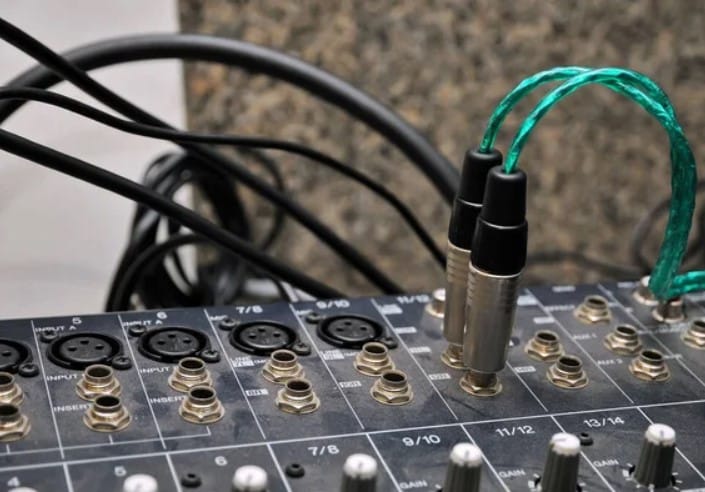
Additional connection options include expression pedal, control, and bypass jacks. These let me add real-time parameter control and emergency signal routing.
The 16-watt power consumption keeps heat generation minimal during long sessions. I never worry about ventilation issues in densely packed rack configurations.
The Roland SDX-330 raises common questions about its 16 effect algorithms, MIDI control features, and integration with modern equipment. Users often ask about its interface design and how it compares to other Roland dimensional processors.
FAQ's
The SDX-330 offers 16 different effect algorithms that go far beyond basic chorus effects. I find the stereo chorus, 3D panner, and space chorus particularly impressive for creating wide soundscapes.
The multi-band chorus options really stand out to me. You can split your signal into 2, 3, or even 4 frequency bands and apply different chorus settings to each range.
The rotary speaker simulation is incredibly realistic. It includes separate controls for horn and rotor speeds, plus an overdrive stage that mimics vintage Leslie cabinets.
Other effects include stereo flanger, vintage chorus that emulates the CE-2, and ambience chorus. The detune chorus uses six high-resolution pitch shifters running in parallel.
Both units share Roland’s high-quality 16-bit delta-sigma converters and 44.1kHz sampling rate. The SDX-330 focuses on dimensional expansion and chorus effects rather than the SRV-330’s reverb algorithms.
I notice the SDX-330 has a particularly clean, transparent sound character. The high bandwidth processing gives it an “airy” quality that cheaper units can’t match.
The RSS (Roland Sound Space) technology appears in both units. However, the SDX-330 adds dynamic 360-degree panning effects that the SRV-330 doesn’t offer.
The SDX-330 uses unbalanced 1/4-inch jacks for all audio connections. You’ll need proper cables and possibly DI boxes to connect it to modern audio interfaces.
The +4dBu and -20dBV switching gives you flexibility with different equipment levels. I can easily match it to both professional and consumer gear without problems.
MIDI integration works well with modern DAWs. You can send program changes, real-time parameter control, and bulk data dumps through standard MIDI connections.
The unit responds quickly to MIDI program changes with no audible glitching. This makes it practical for automated mixing and live performance setups.
The SDX-330 includes MIDI In, Out, and Thru connections for full integration. Each patch can have unique real-time MIDI control assignments that you program yourself.
I can map up to five parameters per patch to different MIDI controllers. Expression pedals, mod wheels, and other continuous controllers work perfectly for live tweaking.
Program selection via MIDI supports numbers beyond the standard 127 limit. The unit stores a MIDI program map that lets you access all 300 memory locations remotely.
The real-time MIDI control operates smoothly without audible artifacts. Parameter changes respond instantly to incoming MIDI data.
The front panel features a clear two-line backlit LCD and dedicated program number display. I find the layout simple and easy to navigate even in dark venues.
The alpha dial and +/- keys provide quick access to programs and parameters. Holding one switch while pressing the other increases the scroll rate for faster navigation.
Program changes happen instantly without audio dropouts. The three function keys let me select and edit visible parameters without diving into complex menus.
Roland’s operating system is straightforward and fast to learn. The bypass and control footswitch inputs make it perfect for live use.
Check your input and output level settings if you’re getting distortion or weak signals. The +4dBu/-20dBV switches need to match your other equipment properly.
Avoid under-driving the inputs, especially when processing your entire signal. This can cause unnecessary noise and degraded sound quality.
If you’re not hearing the 3D effects clearly, check your monitoring environment. The room needs to be reasonably dead with minimal reflections behind your listening position.
Memory protection might prevent you from saving edited programs. Make sure it’s turned off before trying to store your custom patches to user locations.


